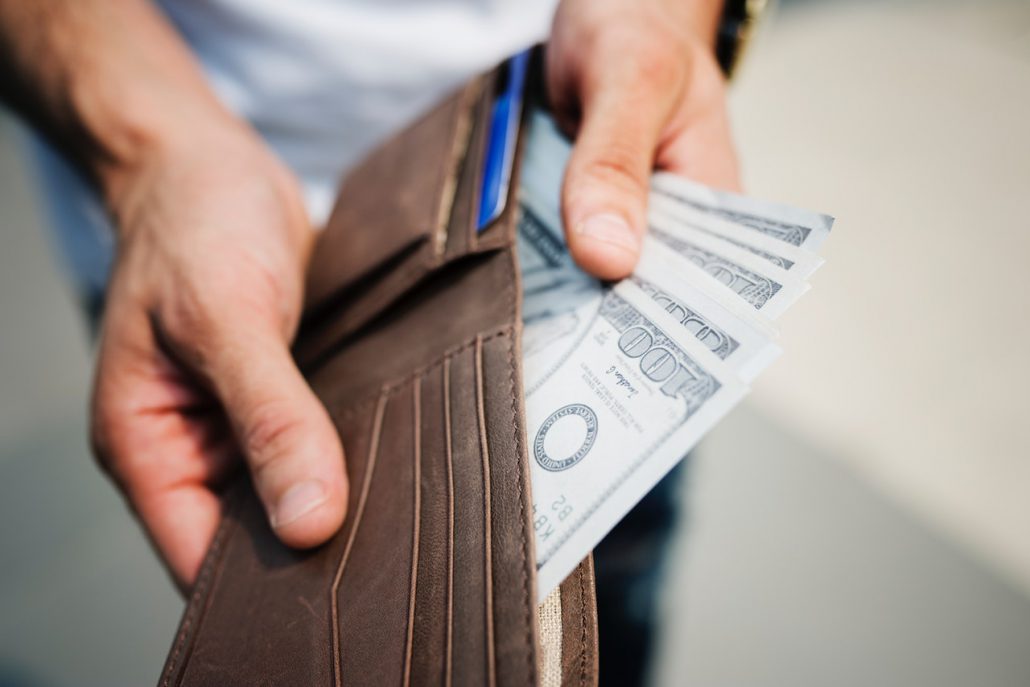How Much Will My Insurance Increase After A Collision?
Having a car insurance policy is an excellent way to protect yourself. If ever you get into a car accident, your provider will help pay for repairs and the medical expenses of injured people.
However, it’s no secret that once you get involved in an accident, there’s a possibility that your premium will increase. Meaning, you may have to pay higher insurance fees on a monthly or yearly basis on your next cycle.
Insurers usually do this as a precaution. Since you’ve already gotten into an accident, they will treat you as a financial liability with an increased likelihood for accidents in the future.
Insurance Increase for Damages Less Than $1,800
Most car insurance providers have a $1,800 “forgiveness threshold limit” on damages. Vehicular damages which amount to less than $1,800 are considered “minor” collisions. The cost of damages is not enough to justify an insurance increase.
Result: Your premium will stay the same.
Insurance Increase for Damages Between $1,800 and $2,800
Damages which fall within this range suggest that your vehicle needs some repairs. Because of this, you are considered a moderate-risk driver with a slightly higher chance of getting into another accident. The cost of damages, along with your associated risk, are enough reason to increase your insurance.
Result: Your premium will slightly increase.
Insurance Increase for Damages Over $2,800
If your vehicle sustains severe damages that cost more than $2,800, you are considered a high-risk driver with a very high chance of being involved in another accident. The significant cost of damages, together with your risk association, are more than enough reason for an insurance increase.
Result: Expect to get a high increase on your premium.
Will Paying Out Of Pocket Prevent An Insurance Increase?
Yes. Paying out of pocket can help you avoid an insurance increase from your provider. Although it isn’t always advisable that you do.
Generally, it is only advised to pay out of pocket in the following scenarios:
- If the medical expenses are minimal to none
- If there are no major vehicular repairs required
- If there is no severe damage to property
As long as (1) you are involved in a minor accident (2) the cost of paying for damages is justifiable and exceeds no more than $2,800 (3) your insurance provider classifies you as a low to moderate risk driver (4) and your insurance increase is minimal to none, there’s a big chance that you would be able to afford out-of-pocket expenses.
However, it’s best to pay your deductibles and let the insurance company handle expenses under these circumstances:
- If the medical bills are high
- If the vehicle needs major repairs
- If there is severe damage to property
Granted that (1) you are involved in a major accident (2) the cost of paying for damages is non-justifiable and exceeds $2,800 (3) your insurance provider classifies you as a high risk driver (4) and your insurance increase is sizeable, it’s unlikely that you would be able to afford out-of-pocket expenses.
It’s worth noting that the indicated range of costs are only averages. Your insurance provider may have a higher or lower threshold. The actual rate at which your premium increases will depend on your insurance company.

